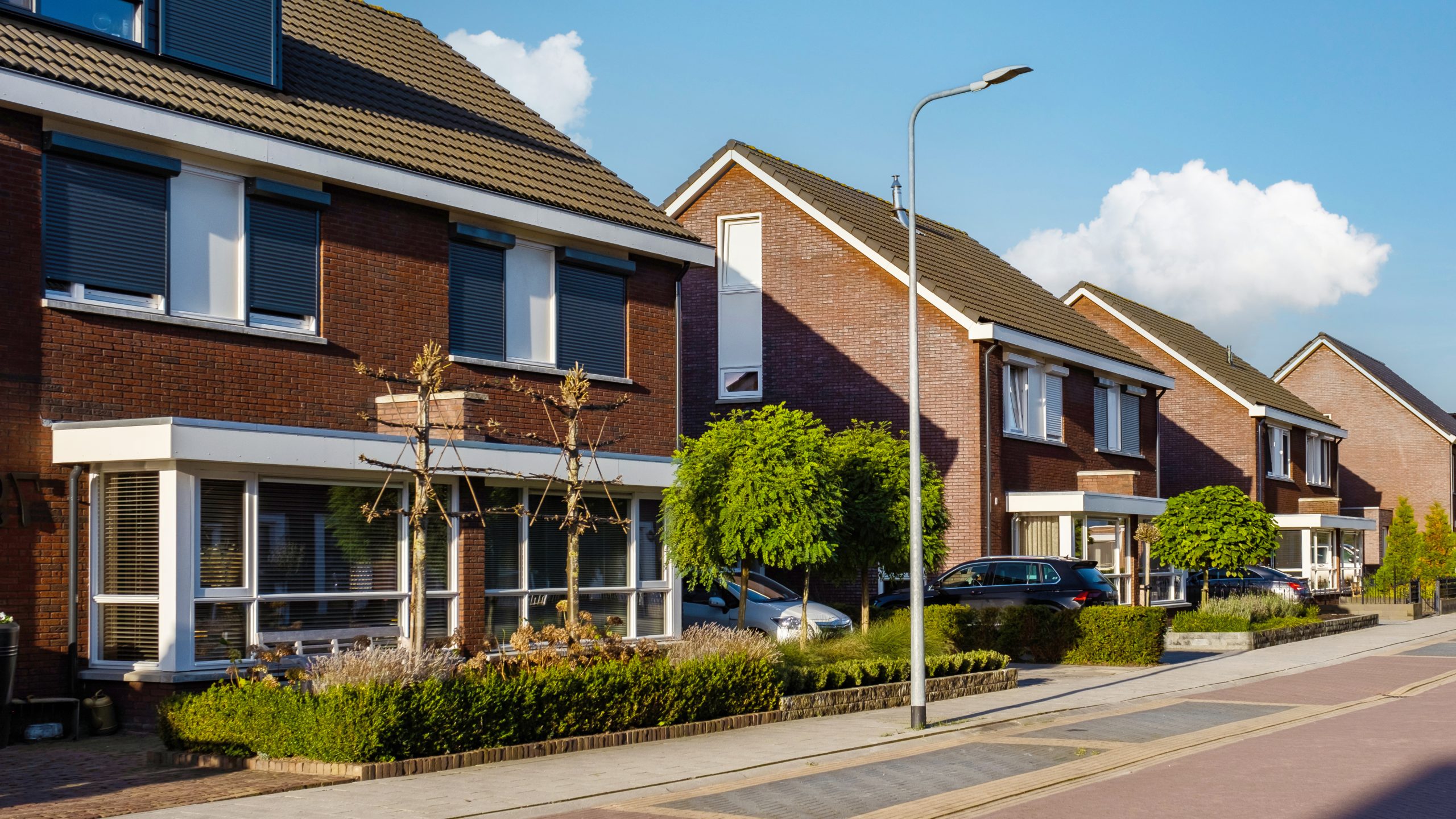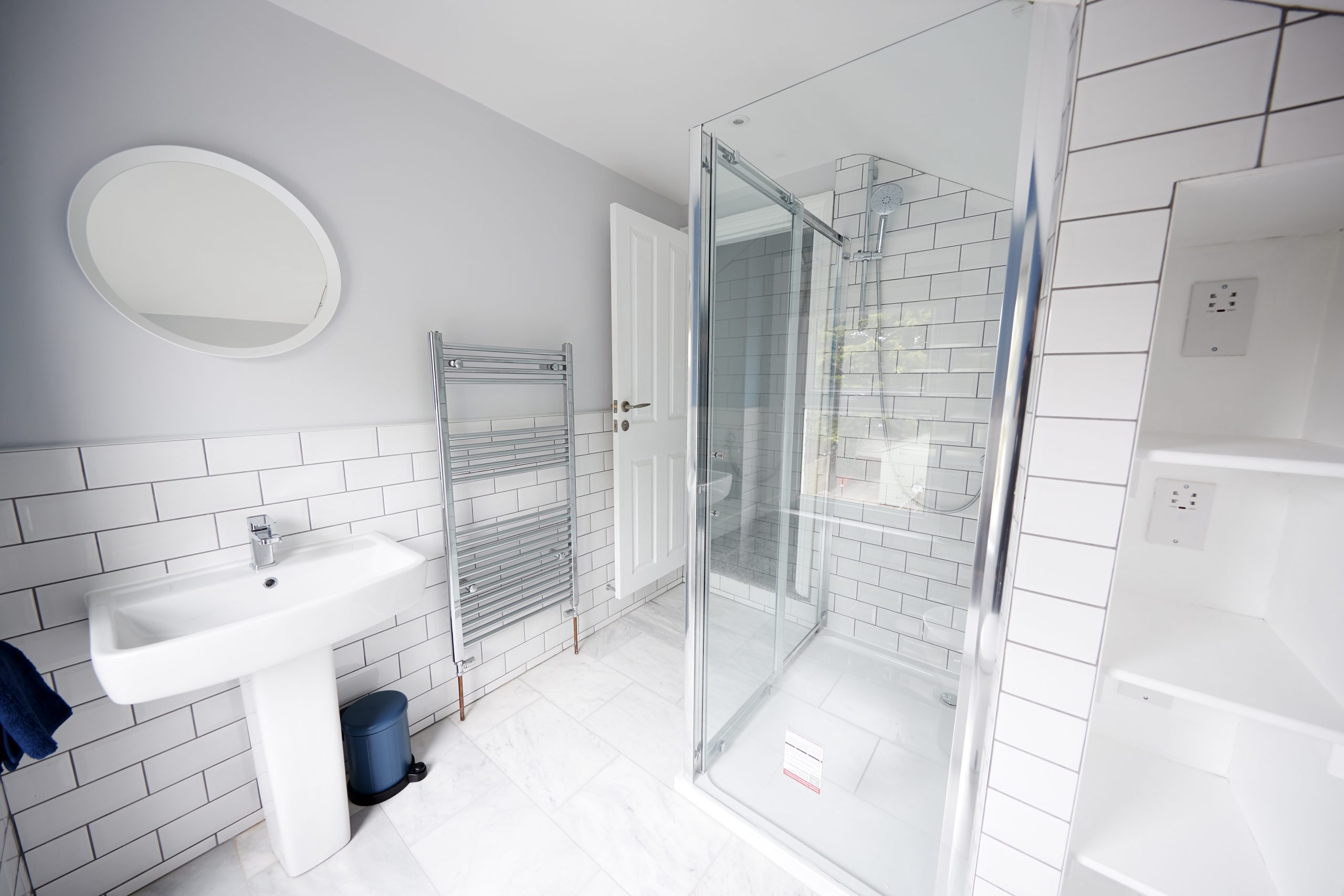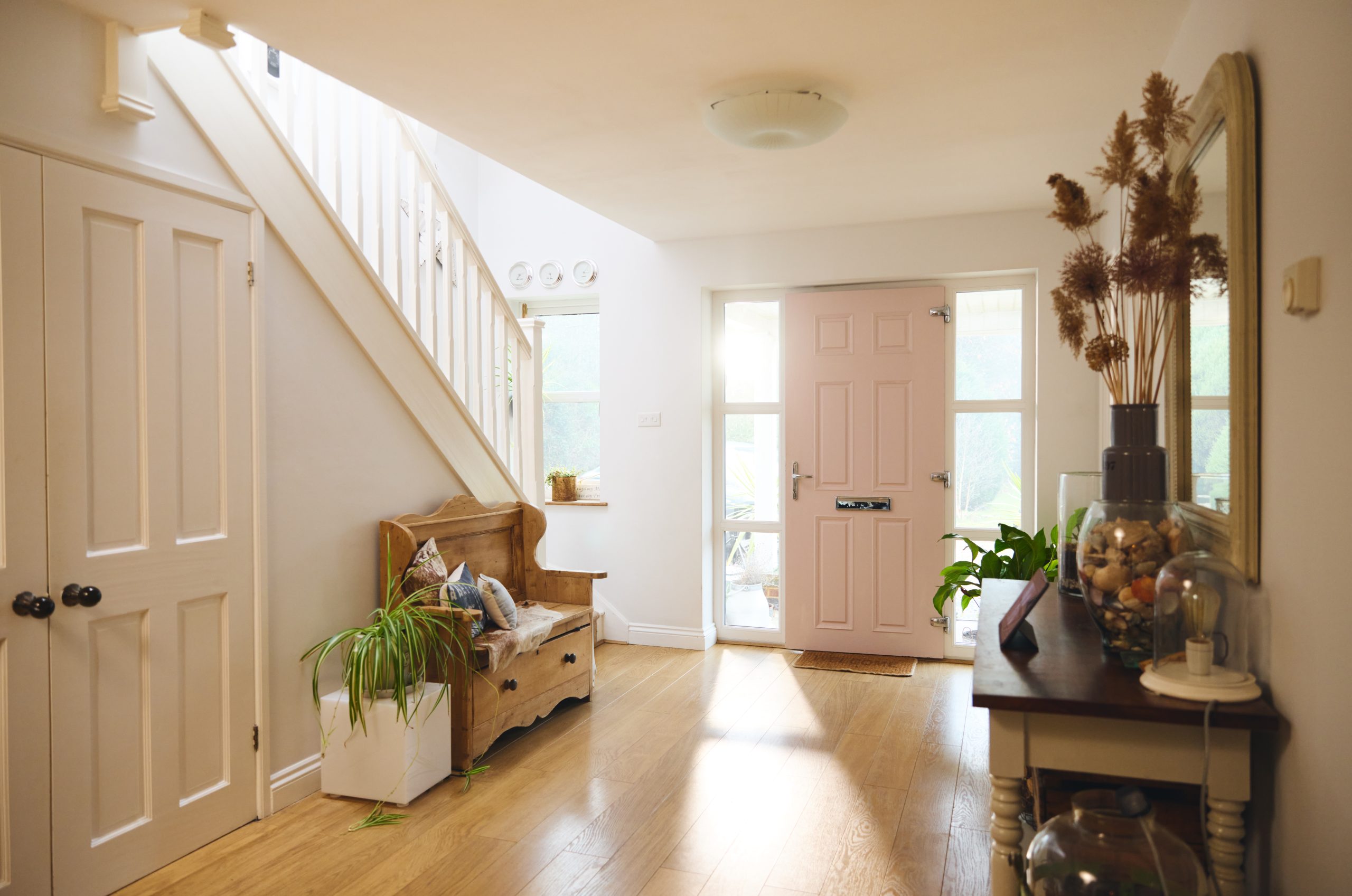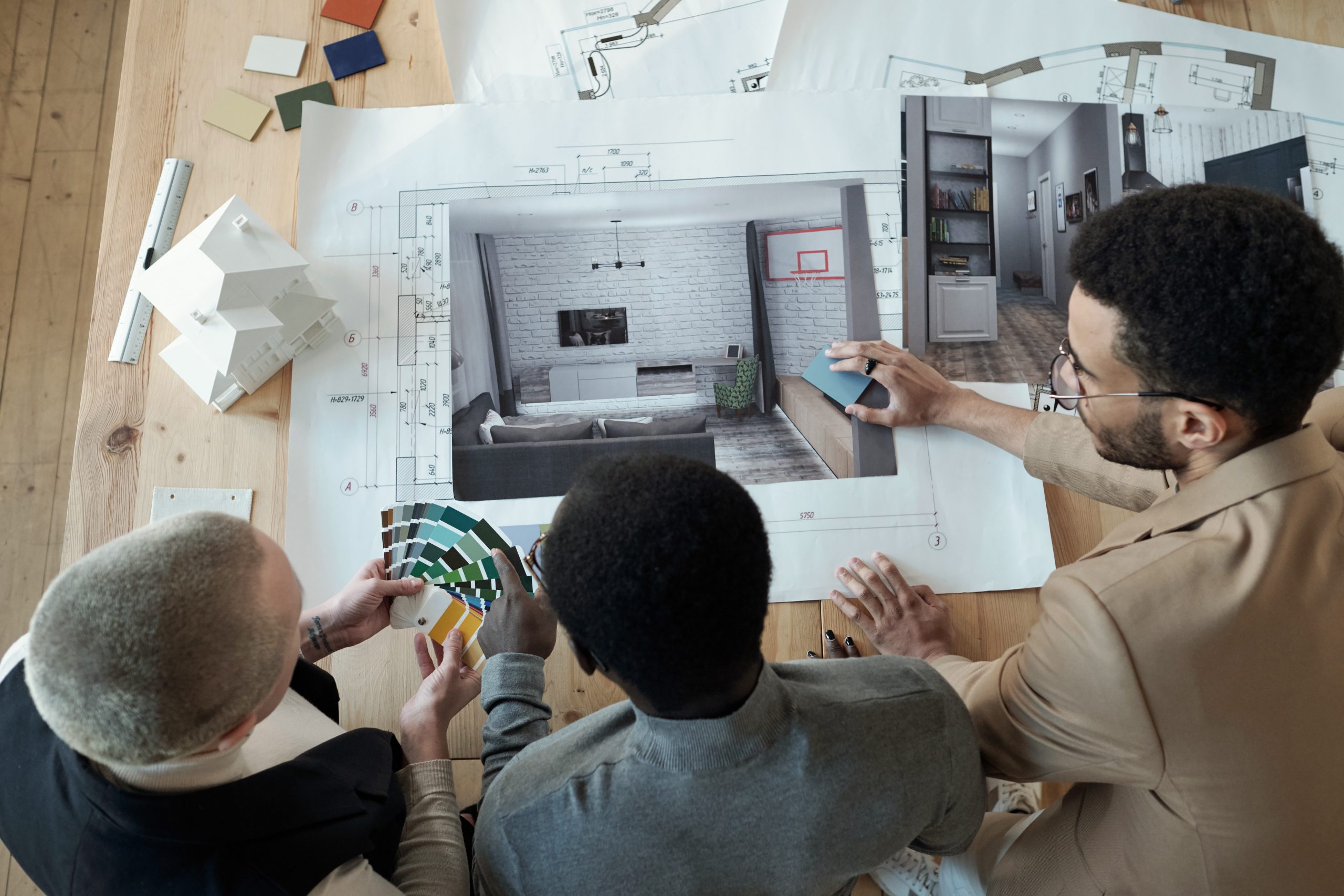Here’s how to approach it with purpose, poise, and maximum return on every pound spent.
1. First Impressions Count: Elevate Your Curb Appeal
What do buyers see when they first arrive? Their first impression sets the tone. A neat, welcoming exterior suggests a well-loved home inside.
- Tidy the front: Tidy up your driveway, clear weeds, and pressure wash surfaces that look worn or dull.
- Freshen the front door: A crisp coat of paint or a stylish new handle can create a welcoming focal point.
- Boost light and greenery: A porch light on a timer or some charming flowerpots can add warmth and character—even before buyers set foot inside.
Small touches make a powerful statement. They signal that this property has been cared for.


2. Make Spaces Feel Open—Without Major Cost
Buyers gravitate toward bright, spacious rooms. Even simple updates can make a big difference.
- Declutter: Clear out unnecessary furniture and personal items. Let the room showcase itself—not your stuff.
- Opt for a light palette: A fresh lick of neutral paint can brighten walls and make the whole room feel larger and more inviting.
- Repurpose rooms smartly: If a space is cluttered or purpose unclear (say, a half packed storage room), stage it as a reading nook or home office. It helps buyers imagine possibilities.
With minimal cost or time, you encourage emotional connection—something every buyer seeks.
3. Minor Repairs, Major Impact
Notice the little things: a dripping tap, a cupboard door that doesn’t quite close, loose tiles. Fixing these may not raise the listing price outright—but it builds confidence in buyers that the home was well looked after.
- Repair before listing: Fix leaky taps, cracks in walls, sticky doors, or cracked window seals.
- Check bigger basics: If you notice flickering lights, slow draining sinks, or drafty frames—these suggest upkeep issues. A day of repairs now saves weeks on the market later.
Fixing minor issues today avoids bigger negotiations tomorrow.


4. The Bathroom and Kitchen: Where Value Meets Lifestyle
These rooms sell houses—quite literally. Even small updates here can move the needle.
Kitchen
- Replace outdated cabinet handles.
- Add a stylish splashback or new tap.
- Ensure counters are clear; small decor (like a bowl of fresh fruit) can elevate staging.
Bathroom
- Install new towel bars or a frameless shower screen.
- Regrout tiles or refresh grout lines.
- Stage with fresh towels and minimal accessories for a spa like appeal.
You don’t need to overhaul. Thoughtful tweaks breathe new life—without major costs.
5. Light Matters—Bright, Inviting, and Welcoming
Lighting transforms space, mood, and perception—and it’s one of the easiest upgrades.
- Replace dim or outdated fixtures: Brighter bulbs or clean, modern fittings bring warmth and freshness.
- Let in natural light: Keep curtains open, trim back bushes blocking windows—and clean the glass so every drop of light counts.
- Add thoughtful touches: A well-placed floor lamp or warm-toned bulb in a dim corner can shift the entire atmosphere.
In real estate, lighting isn’t just practical—it’s persuasive.


6. Deep Clean—Then Stage with Purpose
A clean home sells. A staged home sells faster and often at a better price.
- Think beyond the surface: Steam clean carpets, scrub grout, and polish surfaces—even metals.
- Layer in staging: Fresh linen on the bed, neatly folded towels, or a bowl of lemons in the kitchen look inviting without cost.
- Create moments: Position throw cushions and rugs to define a cosy corner; add a single flower or candle to create subtle warmth.
You want buyers to feel—not just see—the value in your home.
7. Let the Buyer Visualise Their Future Here
Finally, selling is emotional. Help buyers imagine life here—and that feeds value.
- Define spaces: If you have a weird shaped room, stage it—say, a small gym, reading space, or office.
- Show lifestyle, not just rooms: Hang a hat and coat by the front door, place a loaf and cups in the kitchen, or display a set dining table. Small cues invite connection.
- Use neutral styling with purpose: Neutral doesn’t mean character free. A few memorable touches—a muted artwork, a textured throw—create a sense of home without risking buyers’ taste.
When they see themselves here, value becomes personal—and powerful.

Bringing It All Together
Here’s a handy checklist before listing:
| Area | Quick Wins for Added Value |
| Curb Appeal | Tidy, repaint, potted plants, welcome mat |
| Living Spaces | Declutter, neutral paint, light fixtures |
| Repairs | Fix minor damage, check basics |
| Kitchen/Bathroom | Handles, taps, grout, staging items |
| Lighting | Bright bulbs, clean windows, warm ambience |
| Deep Clean & Stage | Steam clean, fresh linens, minimal decor |
| Emotional Connection | Defined rooms, lifestyle cues, neutral character |
In Summary
Boosting your property’s value before sale doesn’t require overhauls or immense budgets. What makes the difference is thoughtful care, clear presentation, and helping buyers emotionally connect.
Focus on first impressions, subtle upgrades, meticulous cleaning, and emotional storytelling. That blend of strategy and warmth is what transforms a good listing into a great sale.
